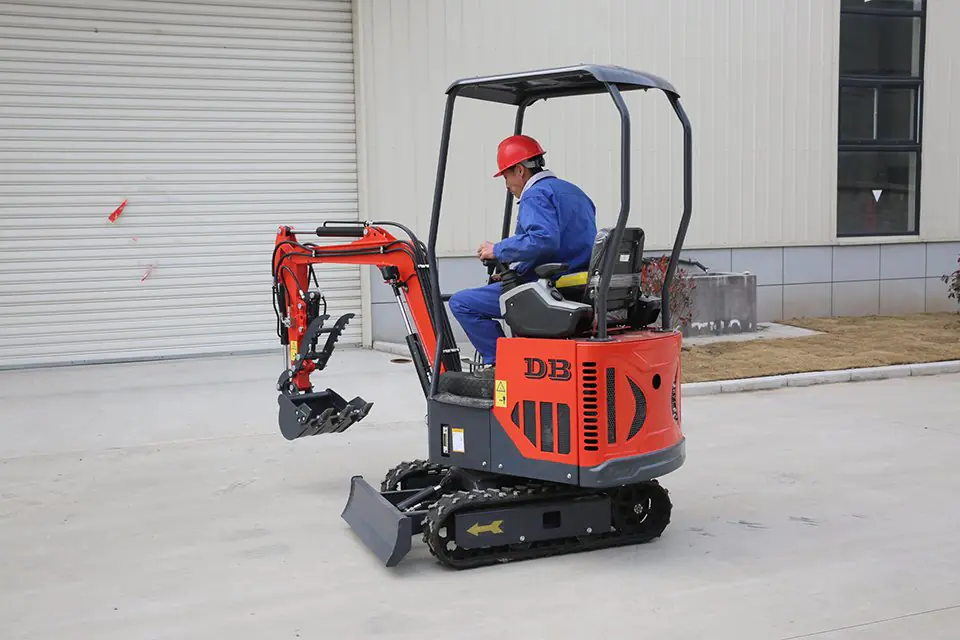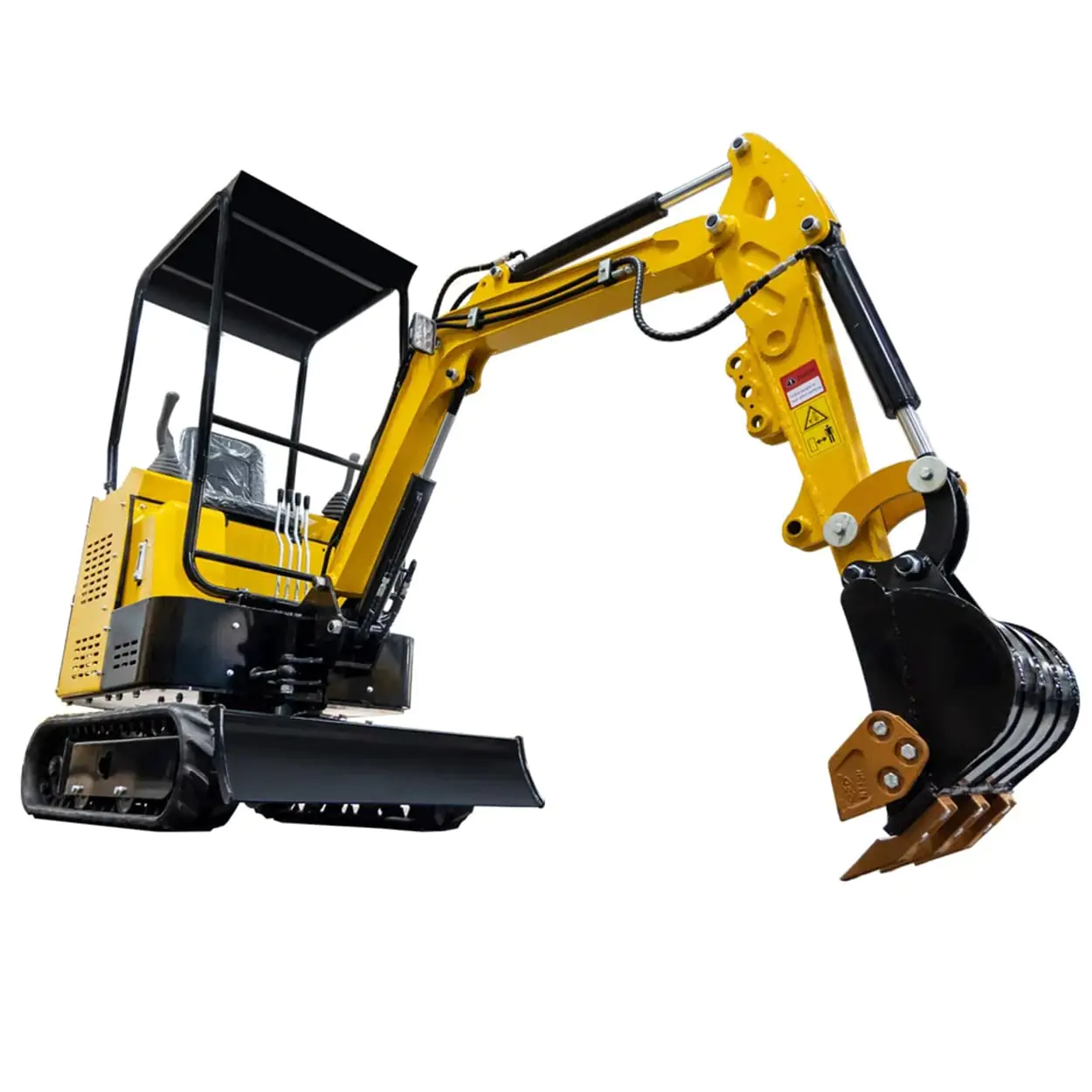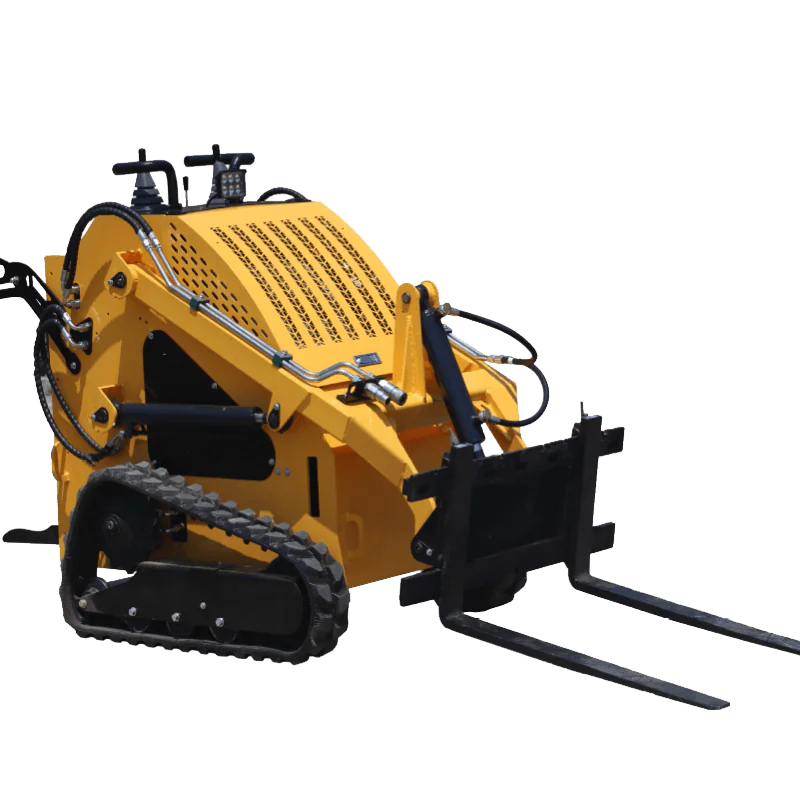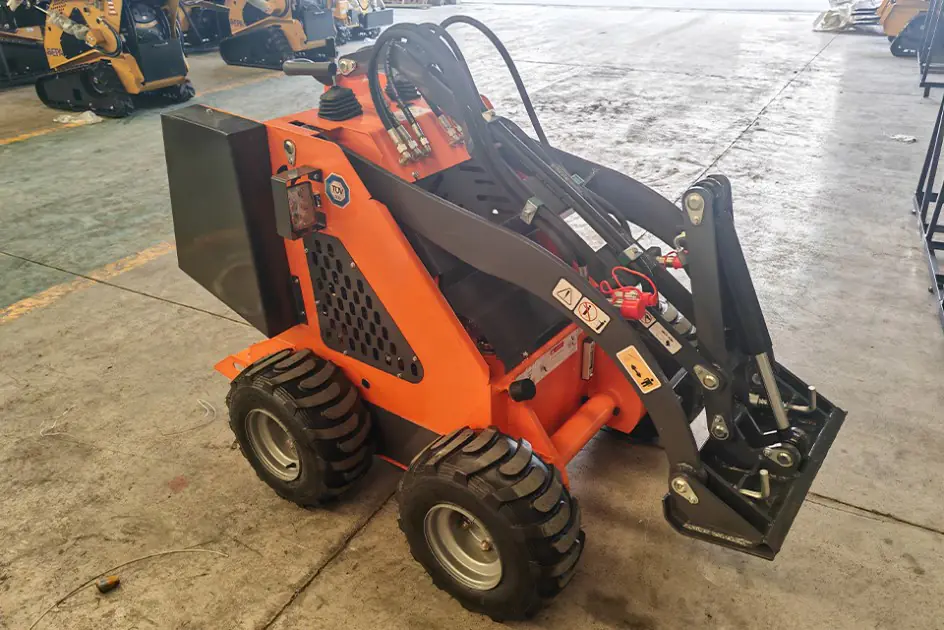Transporting a mini excavator can be a daunting task if you’re not prepared. Whether you’re a seasoned professional or a first-time operator, knowing how to load a mini excavator safely and securely is crucial. This guide will provide you with comprehensive steps and essential tips to ensure that your compact excavator reaches its destination without a hitch.

Understanding the Mini Excavator
A mini excavator, also known as a compact excavator, is a smaller and lighter version of the traditional excavator. Despite its size, it plays a significant role in construction, landscaping, and utility projects. Transporting such heavy equipment requires careful planning to avoid safety hazards and damage.
Features of a Mini Excavator:
- Versatility: Ideal for tight spaces where larger excavators can’t operate.
- Attachments: Can be equipped with various attachments like buckets, hammers, or augers.
- Ease of Transport: Lighter weight makes it easier to haul compared to larger excavators.
For more information on different models, check out our Chinese 1 Ton Mini Excavator.
Why Proper Transport Matters
Properly transporting your mini excavator ensures both safety and efficiency. An error occurred for many when they overlooked essential steps in the process.
Why it’s important:
- Safety Hazard Prevention: Avoid accidents caused by improperly secured equipment.
- Legal Compliance: Adhere to transportation regulations to prevent fines.
- Equipment Protection: Prevent damage to your excavator during transit.
Remember, transporting heavy equipment like mini excavators requires careful planning and execution to ensure safety on the road.
Choosing the Appropriate Vehicle and Trailer
Selecting the right vehicle and trailer is crucial. The combination must handle the weight of the machine and be suitable for hauling heavy equipment.
Considerations:
- Gross Vehicle Weight Rating (GVWR): Ensure the trailer’s GVWR exceeds the weight of the mini excavator.
- Trailer Type: Options include flatbed, step deck, or specialized equipment trailers.
- Towing Vehicle: Must have sufficient towing capacity.
Tip: It’s best to consult the owner’s manual to determine the exact weight specifications.

Knowing the Weight and Dimensions
Understanding the weight and dimensions of your mini excavator is essential for safe transport.
Steps to Take:
- Consult the Owner’s Manual: Find the exact weight and size.
- Weigh the Excavator: If possible, use a scale to confirm.
- Dimensions Matter: Height, width, and length affect transport dynamics.
Knowing these details ensures that your trailer can handle the load and that you’re compliant with road regulations.
Preparing for Loading
Before you’re ready to load, preparation is key.
Preparation Steps:
- Safety Check: Inspect the trailer for any damage or issues.
- Loading Ramps: Use metal loading ramps with a slip-resistant surface.
- Area is Clear: Ensure the loading area is free from obstacles.
Safety Tip: Make sure the ramps are securely attached to the trailer to prevent accidents.
How to Load the Mini Excavator Onto the Trailer
Loading heavy machinery requires precision and adherence to safety procedures.
Steps to Load the Mini Excavator Safely:
- Align the Excavator: Position it straight on with the ramps.
- Use Attachments Wisely: Lower attachments like buckets to lower the center of gravity.
- Ascend Slowly: Drive up the ramps cautiously to avoid tipping.
- Positioning and Securing: Once on the trailer, position the excavator over the wheels of the trailer for balanced weight distribution.
Reminder: Loading a mini excavator onto the trailer requires precision to prevent any safety hazards.

Securing the Excavator for Transport
After loading, it’s imperative to securely immobilize the mini excavator to prevent movement.
Securing Methods:
- Chains and Load Binders: Use heavy-duty chains and load binders attached to the excavator’s designated tie-down points.
- Straps or Chains: Ensure they are rated for your excavator’s weight.
- Chock the Tracks or Wheels: Prevent them from rolling during transit.
Note: Use at least four tie-down points, securing devices to the frame at each corner.
Safety Procedures During Transport
When transporting heavy equipment, safety on the road is paramount.
Guidelines:
- Follow Legal Limits: Adhere to weight and size regulations to avoid penalties.
- Drive Carefully: Sudden stops or sharp turns can cause damage.
- Check the Load: Take regular breaks to inspect the load securement.
Did You Know? Hauling heavy equipment like mini excavators safely transports your valuable assets from point A to point B without incidents.
Unloading the Mini Excavator Safely
Unloading involves several steps to ensure safety.
Steps:
- Prepare the Area: Ensure the unloading area is clear and safe.
- Release Securing Devices: Carefully remove straps, chains, and chocks.
- Descend Slowly: Back the excavator down the ramps with caution.
Warning: Failing to follow safety procedures during unloading can cause damage or injury.
Frequently Asked Questions
Q: Can I use any trailer to transport a mini excavator?
A: No, you must use a trailer that can handle the weight and size of your excavator. The trailer’s weight capacity and GVWR are crucial factors.
Q: Do I need special permits for transporting heavy equipment?
A: Depending on the weight and dimensions, you might need permits for oversize loads. Check local regulations.
Q: How do I ensure the excavator doesn’t move during transport?
A: Use heavy-duty chains and load binders, secure all attachments, and chock the tracks or wheels.
For more details on excavator models, visit our 1.2 Ton (2500 Lb) Mini Excavator.

Key Points to Remember
- Plan Ahead: Transporting heavy equipment requires careful planning.
- Know Your Equipment: Understand the weight and dimensions of your mini excavator.
- Use Appropriate Equipment: Choose the right vehicle and trailer.
- Safety First: Adhere to safety procedures during loading, transport, and unloading.
- Secure Properly: Use heavy-duty securing devices and check them regularly.
If you have any questions about mini excavator transport or need assistance, contact us. We’re here to help you navigate the complexities of heavy equipment transportation.
Additional Resources
- 1.5 Ton Mini Excavator – Explore our robust 1.5-ton models.
- Remote Control Lawn Mower – Check out our innovative remote control lawn mowers.
- Mini Skid Steer Loaders – Learn about our versatile skid steer loaders.
Disclaimer: Transporting heavy machinery like mini excavators involves risks. Always follow manufacturer guidelines and local regulations to ensure safety.













